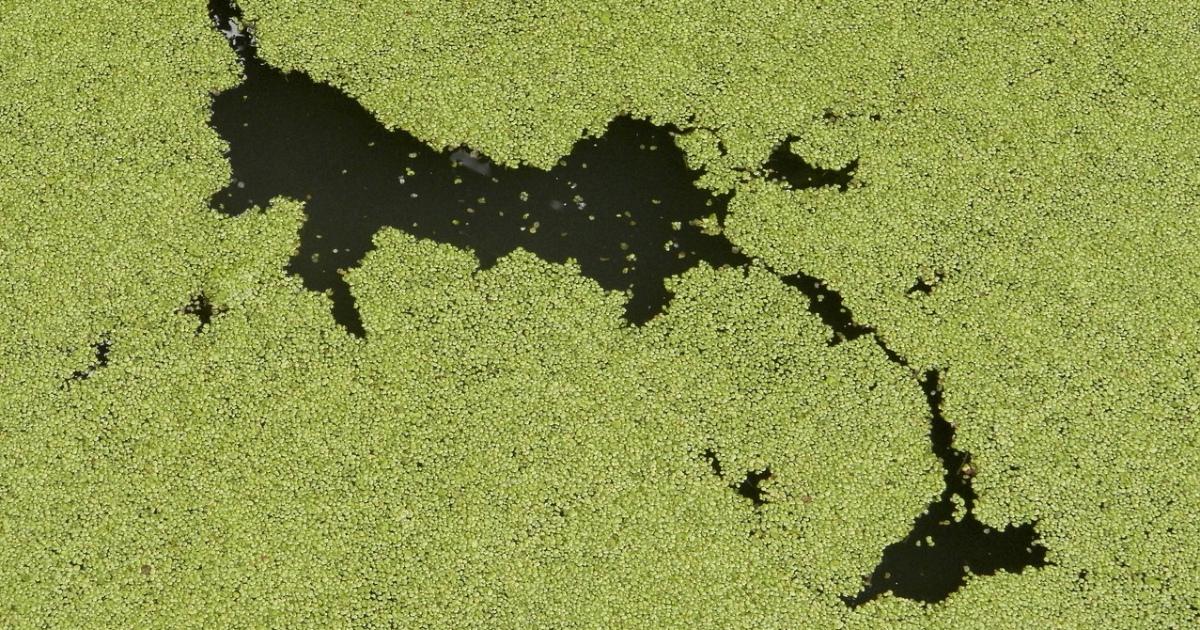Research on Eutrophication and Algal Blooms for Environmental Engineering
A special issue of Applied Sciences (ISSN 2076-3417). This special issue belongs to the section "Environmental Sciences".
Deadline for manuscript submissions: 20 February 2026 | Viewed by 1551

Special Issue Editors
Interests: HABs (harmful algal blooms); cyanotoxins; eutrophication; lake restoration; cyanobacteria
Special Issue Information
Dear Colleagues,
Harmful algal blooms (HABs) are one of the best-known consequences of the eutrophication of natural waters, for example, lakes and rivers, and represent a serious threat to water quality, human health, economic development, ecological balance, landscape aesthetics and social stability. Due to rapid population growth and economic development, various human activities in industry, agriculture and the transport sector have deteriorated and globally intensified freshwater eutrophication. In addition to the external load of pollutants from anthropogenic discharges and global warming, the internal load of pollutants from sediments is expected to further increase the presence of HABs and exert continued pressure on river and lake ecosystems in the coming decades. Therefore, it is urgent to draw the attention of researchers around the world to efficient methods for HAB detection (e.g., remote sensing detection) and restoration of lakes and rivers in order to eliminate the threat of eutrophication. With this in mind, this issues presents new research and studies on implemented technologies to meet the ever-growing need to restore and protect water bodies from further degradation with the aim to also provide an early warning and monitoring instrument to help territorial managers and professionals to identify the restoration priority areas, the existing and emerging threats for restoration, to define the restoration targets and, finally, to track progress.
Dr. Milena Bruno
Dr. Valentina Messineo
Guest Editors
Manuscript Submission Information
Manuscripts should be submitted online at www.mdpi.com by registering and logging in to this website. Once you are registered, click here to go to the submission form. Manuscripts can be submitted until the deadline. All submissions that pass pre-check are peer-reviewed. Accepted papers will be published continuously in the journal (as soon as accepted) and will be listed together on the special issue website. Research articles, review articles as well as short communications are invited. For planned papers, a title and short abstract (about 250 words) can be sent to the Editorial Office for assessment.
Submitted manuscripts should not have been published previously, nor be under consideration for publication elsewhere (except conference proceedings papers). All manuscripts are thoroughly refereed through a single-blind peer-review process. A guide for authors and other relevant information for submission of manuscripts is available on the Instructions for Authors page. Applied Sciences is an international peer-reviewed open access semimonthly journal published by MDPI.
Please visit the Instructions for Authors page before submitting a manuscript. The Article Processing Charge (APC) for publication in this open access journal is 2400 CHF (Swiss Francs). Submitted papers should be well formatted and use good English. Authors may use MDPI's English editing service prior to publication or during author revisions.
Keywords
- HABs (harmful algal blooms)
- cyanotoxins
- eutrophication
- restoration technologies
- remote sensing detection
Benefits of Publishing in a Special Issue
- Ease of navigation: Grouping papers by topic helps scholars navigate broad scope journals more efficiently.
- Greater discoverability: Special Issues support the reach and impact of scientific research. Articles in Special Issues are more discoverable and cited more frequently.
- Expansion of research network: Special Issues facilitate connections among authors, fostering scientific collaborations.
- External promotion: Articles in Special Issues are often promoted through the journal's social media, increasing their visibility.
- Reprint: MDPI Books provides the opportunity to republish successful Special Issues in book format, both online and in print.
Further information on MDPI's Special Issue policies can be found here.






